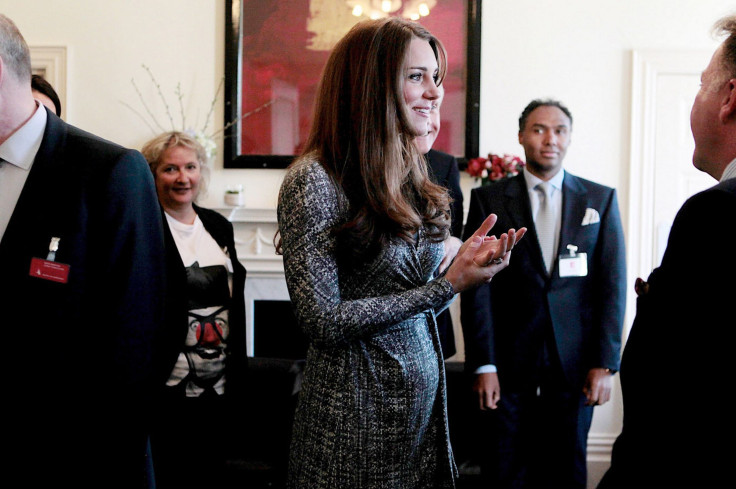Is The Royal Baby A Princess?: 3 Reasons Why One Doctor Is Saying ‘It’s A Girl!’

News about Prince William's and Kate Middleton's soon-to-be royal baby has been swirling for weeks now, and as the due date approaches sometime later this week, the world anxiously awaits the birth of a future king or queen.
Although it's impossible to discern from a mother's physiological changes during pregnancy what sex the baby will be, one obstetrician weighs in with her thoughts — drawing on intuition, statistical trends, and the experience of over 1,000 deliveries.
Dr. Jennifer Ashton cites three key changes to look for in women who go on to give birth to girls. "I've also had two children of my own," she wrote. "And science, medicine, wives' tales, and gut instinct tell me we're about to see a future queen be born."
Hint #1: The Face
When mothers gain weight during their pregnancy, the distribution of fat throughout their body is seldom even. And while women typically deposit fat in their legs — as opposed to men in their stomachs — not all women experience the same physical changes during pregnancy. It's for this reason that Ashton cites the face as a key marker for determining the child's sex.
"The mother's face is often the part of the body that reveals the most about the gender of an unborn baby. As the wives' tale states: Women carrying girls tend to have their faces become fuller, broader than women carrying boys," she noted. "Kate's face appeared full almost immediately, well before she even had a 'bump.' Score one for girl."
Hint #2: The Belly
Obstetricians and mid-wives have long championed the theory that women who carry their pregnancy mainly in their stomach, meaning little weight gain elsewhere in the body (think basketball under a shirt), typically give birth to a boy. Meanwhile, women who fill out evenly around their hips, legs, and face, tend to have girls.
"Even the incredibly slender Kate seemed to fill out diffusely, legs and face included," Ashton wrote. "Score two for girl."
Hint #3: The Type Of Pregnancy
"In my experience, girls make for 'tougher' pregnancies than boys do," Ashton remarked. "Hyperemesis - the excessive nausea and vomiting that landed Kate in the hospital in her first trimester - is associated more often with girl babies," which ultimately leads Ashton to her conclusion: "That's three for a girl!" she said.
Ashton reminds us that these theories are based on pure speculation. One theory even says arbitrarily measuring the fetus' heartbeat can provide clues to its gender: over 140 beats per minute, it's a girl. Under, it's a boy.
"These are the docs or midwives who know their facts cold, but can also simply look at a patient, examine a pregnant woman, and predict with incredible accuracy the course of her pregnancy, labor and delivery," Ashton wrote, before adding that her 50/50 odds are the same as the rest of ours.
So until the first royal tears are cried, keep calm and carry on.



























